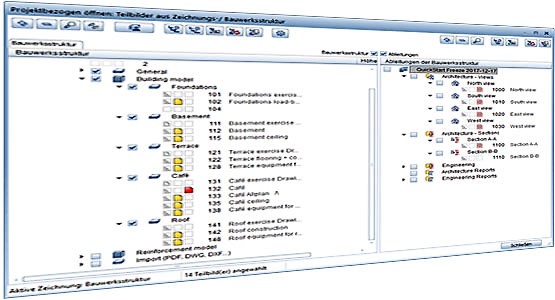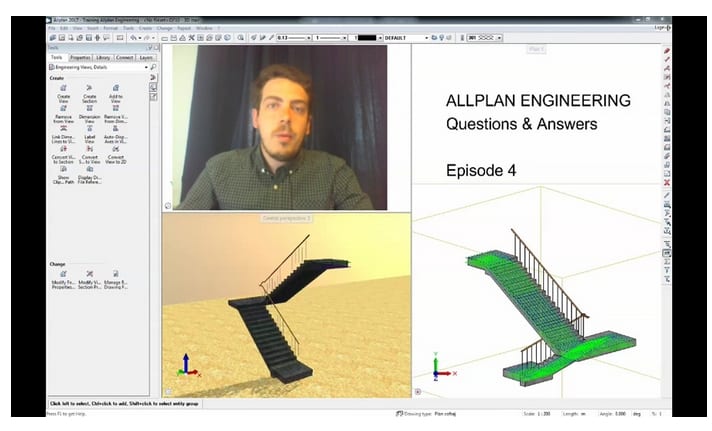


Non-standardised architectural elements and the absence of parameters related to degradation still represent some of the main issues addressed in HBIM. The research focused on data enrichment for preservation and restoration purposes. The present work proposes a methodology that provides the framework for a dynamic investigation, both in terms of historical geometric data and architectural-constructive identification and mapping of decay. The work has allowed achieving the HBIM of the Castle of Maredolce and has highlighted some issues and advantages of the Scan-to-BIM approach. The most difficult challenge of the modelling step was to obtain parametric objects of the complex geometries of the historical building. The work aims to obtain an HBIM of the building but the paper deals also with the survey issues and the modelling challenges, focusing on the different modelling approach between parametric and not-parametric architectural elements. The work focuses on the application of the Scan-to-BIM process to a historical/archaeological building in Palermo (Italy), the Castle of Maredolce. For this reason, the Scan-to-BIM approach, which involves creating the BIM model from a laser scanner survey, is widely used. The HBIM process requires an in-depth knowledge of the historical building that can be achieved using a detailed 3D survey and adequate parametric modelling. Heritage (or Historic) Building Information Modelling (HBIM) is nowadays the most appropriate tool to collect and manage all data related to Architectural Heritage. The integration and use of all this information in a single working environment is a key factor for the success of historical building conservation and management projects. Such information comes from the different disciplines involved in the restoration and maintenance processes. The documentation will also allow the creation of generalizing schemes of spatial and structural arrangement of the individual types of kitchens.Ĭonservation and preservation of heritage buildings require the knowledge and sharing of a great deal of data and information about buildings. These outputs will be used in the passports of individual buildings to evaluate their construction development. Outputs are the description and the metric survey documentation of the selected kitchens. The aim was to test and evaluate the informative possibilities of these technologies. According to its quality and according to the character of a particular kitchen, the method of new metric survey documentation was chosen – 3D geodetic measurement (total station), Terrestrial Laser Scanning (point cloud and 3D model) and close range photogrammetry (point cloud and textured 3D model). For selected examples, their current metric survey documentation was evaluated. For the article, five very well-preserved kitchens were selected which represent three construction types of historical kitchens. As part of the student scientific project, surveys and metric survey documentation were carried out, which are the bases for the creation of diagrams of the spatial and structural arrangement of medieval and early modern kitchens. Historic kitchens are important but still neglected technical monuments in terms of knowledge of their functional and structural aspects. The article deals with metric survey documentation of medieval and early modern kitchens preserved in various types of buildings in the Czech Republic. To give a general picture of the state of art and to contribute to further studies on this subject.

ALLPLAN 2015 TUTORIAL SOFTWARE
OnceĪ final model is obtained, it is necessary to provide a test phase on the interoperability between the used software modules, in order In the international market, taking as example some composed elements, made by regular and complex, but also modular parts. Of detail, information and time savings?” To test the potentialities and the limits of this process we employed the most used software The question is: “What is the more useful mean in term of survey data management, level Is to insert an historical building inside a BIM process, proposing in this way a working method that can build a reality based modelĪnd preserve the unicity of the elements. To contain plenty of information inside it, especially when we refer to existing construction. Speaking about modelling the Cultural Heritage, nowadays it is no longer enough to build the mute model of a monument, but it has


 0 kommentar(er)
0 kommentar(er)
